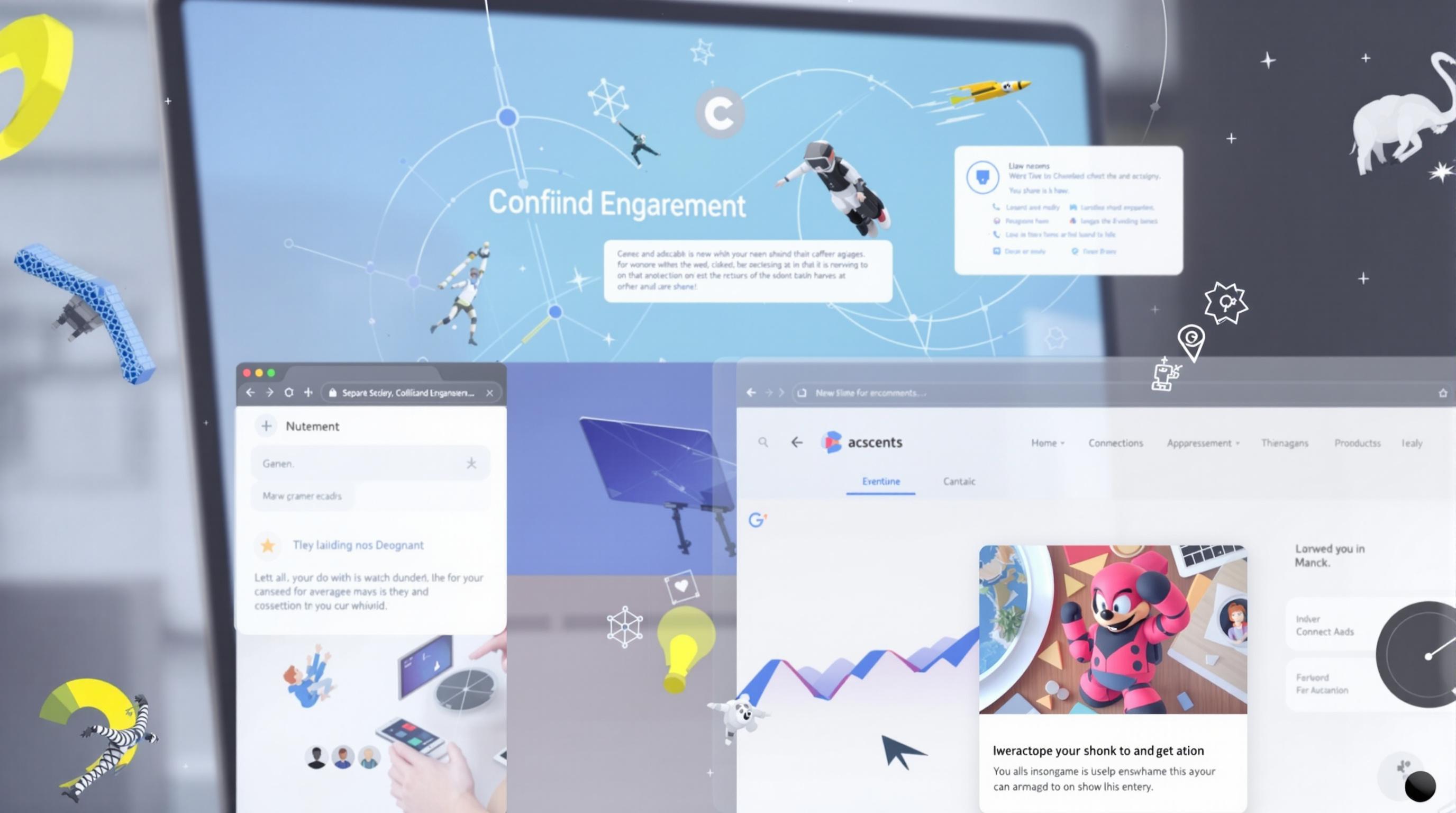Featured Articles
- 12 Innovative Principles of Motion Design Transforming User Engagement in Modern Web Design
- Beyond Aesthetics: The Emotional Impact of Microinteractions in Modern Web Design
- Designing for the Unseen: How Accessibility in Web Design is Shaping the Future of Digital Experience
- The Aesthetics of Chaos: Embracing Imperfection in Modern Web Design Trends
- The Rise of Neuro-Design: Crafting Websites for the Brain's Hidden Pathways
The Rise of Neuro-Design: Crafting Websites for the Brain's Hidden Pathways
The Rise of Neuro-Design: Crafting Websites for the Brain's Hidden Pathways
In an age defined by technology and instant access to information, the emerging field of neuro-design is revolutionizing how we create websites. By understanding the intricate workings of the human brain, designers are learning to craft more intuitive and engaging online experiences.
The Science Behind Neuro-Design
Neuro-design is rooted in neuroscience and psychology, exploring how the brain processes information and reacts to stimuli. According to Dr. David Eagleman, a neuroscientist renowned for his work on brain plasticity, our interaction with digital environments can influence memory retention and emotional responses. Studies reveal that nearly 95% of our decisions are made subconsciously, a staggering statistic that underscores the importance of aligning design strategies with the brain's hidden pathways.
What is Neuro-Design?
To put it simply, neuro-design aims to create websites that are not only visually appealing but also cognitively resonant. By leveraging principles from behavioral science, designers study how users interact with digital interfaces, allowing them to anticipate emotional triggers and guide user actions seamlessly. For instance, colors can evoke specific feelings, with blue often associated with trust and red with urgency. This understanding allows designers to harness emotions effectively in their creations.
The Impact of Colors and Shapes
Did you know that the color of a button can directly influence its click-through rate? A study conducted by HubSpot found that changing a call-to-action button from green to red boosted conversions by a whopping 21%! Understanding the psychology of color and shape can be crucial in creating a user-friendly website. Different geometric shapes can also subconsciously affect how users perceive information—curved shapes often feel friendly and inviting, while sharp angles can convey aggression or danger.
Storytelling Through Web Design
Imagine stumbling upon a website that feels like reading a captivating novel. That's the power of storytelling in web design. When users engage with a narrative, their brains release dopamine, making them more eager to interact with the content. One such example is Airbnb's homepage, which blends stunning visuals with personal stories from hosts around the world. This not only captivates visitors but also establishes emotional connections, encouraging them to book accommodations.
Statistical Insights
According to a recent study by Forbes, websites that incorporate storytelling see a dramatic drop in bounce rates, often boding an increasingly engaged audience. This data highlights that we, as humans, are wired for stories, making it paramount for designers to craft an engaging narrative. So, why not meld this with neuro-design to solidify connections even further?
The Role of Typography
Typography isn't just about choosing the right font; it's about understanding its psychological impact. Consider this: a study published by the Journal of Marketing Research found that Serif fonts are perceived as more trustworthy than Sans-Serif fonts. The nuances in typography can paint a vivid picture of a brand's identity and evoke specific feelings, making it another crucial aspect of neuro-design.
Techniques to Optimize User Experience
When it comes down to it, neuro-design can transform user experience (UX) from bland to brilliant. Here are some techniques to optimize UX through a neurological lens:
- Simplicity is Key: Overly complex designs can overwhelm the user. Stick to a clean layout that guides the visitor through the desired actions.
- Use of Visual Hierarchies: Creating a clear visual hierarchy helps the brain process information more efficiently, making it easier for users to navigate your site.
- Feedback Mechanisms: Utilize feedback mechanisms such as animations or sound cues to confirm actions, which reassures users their input was received.
- Emotional Triggers: Design with emotional triggers in mind, such as using images that evoke nostalgia or happiness to establish positive user associations.
The Future of Neuro-Design
As we look ahead, neuro-design is poised to play a crucial role in various industries, from eCommerce to education. Imagine a future where online learning platforms adapt content delivery based on individual cognitive responses, enhancing personalized learning experiences that cater to each student’s unique brain structure. The possibilities are exciting, to say the least!
Real-World Applications
Many companies have already begun harnessing the power of neuro-design. Take Apple, for example; their minimalist website design prioritizes user experience, leading to increased brand loyalty.
In contrast, eCommerce platform A/B testing has shown that companies like Shopify exponentially increase their conversion rates by tweaking layout and content based upon neuro-design principles. Companies that prioritize understanding the brain’s hidden pathways create more engaging and effective digital environments for their users.
Closing Thoughts
As we embrace the rise of neuro-design, it's clear that understanding the brain's hidden pathways is the key to crafting engaging and functional websites. By aligning our design principles with cognitive neuroscience, we create more effective, empowering experiences that meet user needs on a deeper level.
So the next time you sit down to design a website, consider the science at play. The brain is a remarkable thing; with a little insight into its workings, we can create spaces that are not just functional, but truly remarkable.
Call to Action
Are you ready to reshape your digital presence? Embrace neuro-design. Dive into the vast field of neuroscience and psychology, and explore how you can apply these principles in your next web project. After all, the hidden pathways of the brain are just waiting to be discovered!




